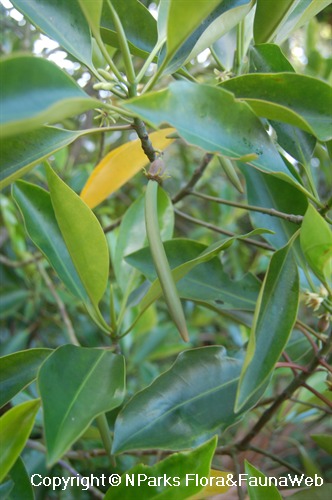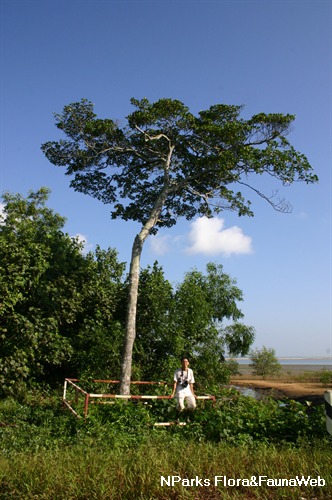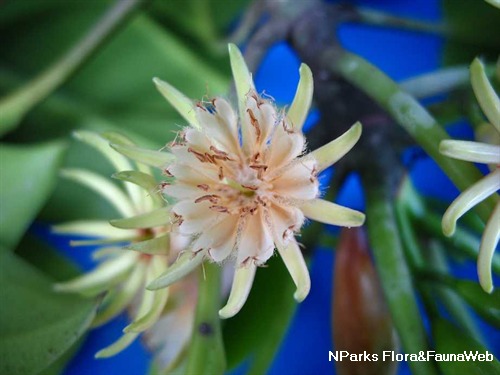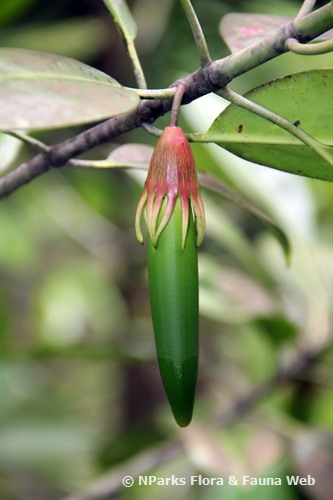
Back
Bruguiera gymnorhiza (L.) Lam.
| Family Name: | Rhizophoraceae |
| Synonyms: | Bruguiera capensis Blume, Bruguiera conjugata Merr., Bruguiera rheedii Blume, Bruguiera rumphii Blume, Bruguiera wightii Blume, Bruguiera zippelii Blume, Bruguiera celsum Rumph., Bruguiera minus Rumph., Rhizophora gymnorhiza L., Rhizophora palun, Rhizophora rheedii Steud., Rhizophora tinctoria Blanco |
| Common Name: | Tumu Merah, Tumu, Large-leaved Orange Mangrove, Large-leaved Mangrove, Bakau Besar, Betut, Tumbus, Tumus, 木榄 |
Name
Classifications and Characteristics
| Plant Division | Angiosperms (Flowering Seed Plants) (Dicotyledon) |
|---|---|
| Plant Growth Form | Tree (Medium (16m-30m)) |
| Lifespan (in Singapore) | Perennial |
| Mode of Nutrition | Autotrophic |
| Plant Shape | Conical, Columnar |
| Maximum Height | 20 m |
Biogeography
| Native Distribution | South and East Africa, Madagascar through to India, Myanmar, Thailand, Peninsular Malaysia, Singapore, throughout Indonesia, Brunei, the Philippines, Papua New Guinea, northern Australia to Ryuku Islands, Polynesia and Samoa |
|---|---|
| Native Habitat | Terrestrial, Shoreline (Mangrove Forest, Backshore, Mudflat) |
| Preferred Climate Zone | Tropical |
| Local Conservation Status | Native to Singapore (Least Concern (LC)) |
Description and Ethnobotany
| Growth Form | It is a medium-sized tree up to 20 m tall. Its bark is dark grey to brown and rough, with distinct lenticels. The plant is buttressed at the base and produces kneed roots which protrude above the substrate. When in flower, small clusters of the reddish calyxes can be seen throughout the tree. |
|---|---|
| Crown | Columnar or conical. |
| Foliage | Its opposite, long-stalked, leaves are thinly fleshy and leathery. Leaf blades are usually oval, lance-shaped to broadly oval, and 9–24 by 4–9 cm, dark green above, and light green below. |
| Flowers | The pendulous flowers are borne singly on short stalks at axils. The calyx is pinkish to dark red, 1.5–2.5 cm, top-shaped, opening up into 10–16 pointed lobes at the distal end. The petals are 9–14, 1.5 – 2.5 cm long, white to creamy orange, hairy, with 3–4 bristles at the tip. |
| Fruit | The fruit develops within the calyx tube and becomes enlarged when ripened. The single seed germinates within the calyx tube while attached to the parent plant, forming a green hypocotyl tipped by the radicle that emerges from the calyx, known as a propagule. The propagule is cigar-shaped, long, stout, ridged, 19–25 by 1–1.7 cm, and maturing from green to dark purple. |
| Associated Fauna | Its flowers are pollinated by sunbirds. It is the preferred local food plant for caterpillars of the moth, Olene mendosa. |
| Cultivation | It is propagated by the propagules. Washed up propagules may be collected from the shore or directly from the tree when mature (purplish) and planted straight into the potting medium. They do best with slightly alkaline soils and high-nitrogen fertilizers, e.g., urea. This mangrove species is able to thrive in freshwater conditions. |
| Etymology | Latin Bruguiera, after J. G. Bruguieres (1750–1799), French expolorer; Greek gymnos, naked, Greek rhiza, root, referring to the conspicuously exposed knee-roots of this species |
| Ethnobotanical Uses | Edible Plant Parts : Edible Fruits, Edible Leaves Food (Fruit or Vegetable): Leaves are also eaten as salad or flavouring. The inner flesh of the hypocotyl is eaten with sugar. Medicinal: The bark is used as a medicine for diarrhoea and occasionally malaria. An extract of the bark is also used as a source of tannin and dye. Fruits are reportedly used as an astringent and food. Timber & Products: The brownish or yellowish brown, heavy, fine-grained wood is used as timber for piling, house posts, furniture, and rafters by the Malays. The wood is also made into charcoal. |
Landscaping Features
| Landscaping | This tree can be planted half-submerged along the water edges of ponds, reservoirs, and waterways, or in waterlogged soil for its attractive lush foliage and reddish flowers. It is rather slow-growing, hence minimum maintenance is needed. Well-fertilized, young plants can flower at about 1 m height or less. |
|---|---|
| Desirable Plant Features | Ornamental Flowers, Ornamental Foliage, Ornamental Form |
| Landscape Uses | Coastal, Beachfront / Shoreline, Riverine, Pond / Lake / River, Marsh / Bog |
| Thematic Landscaping | Water Garden, Marsh Garden |
Fauna, Pollination and Dispersal
| Fauna Pollination Dispersal Associated Fauna | Bird-Attracting (Flowers), Caterpillar Moth Food Plant (Leaves, Associated with: Olene mendosa) |
|---|---|
| Pollination Method(s) | Biotic (Fauna) |
| Seed or Spore Dispersal | Abiotic (Water) |
Plant Care and Propagation
| Light Preference | Full Sun, Semi-Shade |
|---|---|
| Water Preference | Lots of Water |
| Plant Growth Rate | Moderate |
| Rootzone Tolerance | Waterlogged Soils (Does not Drain Site), Saline Soils / Salt Spray, Fertile Loamy Soils, Alkaline high pH Soils |
| Propagation Method | Viviparious Propagule |
Foliar
| Foliage Retention | Evergreen |
|---|---|
| Mature Foliage Colour(s) | Green |
| Mature Foliage Texture(s) | Leathery |
| Foliar Type | Simple / Unifoliate |
| Foliar Arrangement Along Stem | Opposite |
| Foliar Attachment to Stem | Petiolate |
| Foliar Shape(s) | Non-Palm Foliage (Oval, Lanceolate) |
| Foliar Venation | Pinnate / Net |
| Foliar Margin | Entire |
| Foliar Apex - Tip | Acute |
| Foliar Base | Cuneate |
Non - Foliar and Storage
| Branch Angle (wrt vertical) | Horizontal Ascending |
|---|---|
| Trunk Type (Non Palm) | Woody |
| Bark Colour(s) | Dark grey to brown and rough, with distinct lenticels |
| Mature Bark Texture | Lenticellate |
| Root Type | Underground (Tap Root), Aboveground (Buttress Root, Knee Root) |
Floral (Angiosperm)
| Flower & Plant Sexuality | Bisexual Flowers |
| Flower Colour(s) | Orange, Pink, Red, White |
|---|---|
| Flower Grouping | Solitary |
| Flower Location | Axillary |
| Flower Symmetry | Radial |
Image Repository
Others
| Master ID | 1968 |
|---|---|
| Species ID | 3260 |
| Flora Disclaimer | The information in this website has been compiled from reliable sources, such as reference works on medicinal plants. It is not a substitute for medical advice or treatment and NParks does not purport to provide any medical advice. Readers should always consult his/her physician before using or consuming a plant for medicinal purposes. |

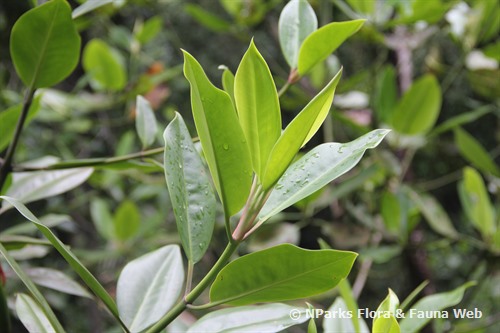

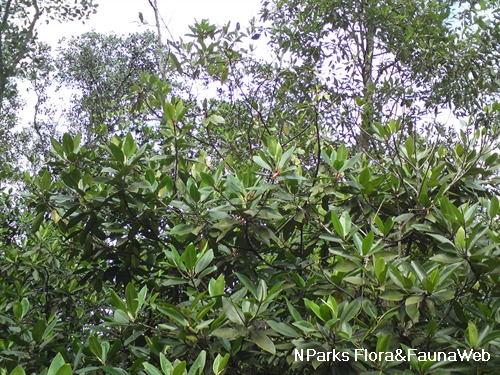
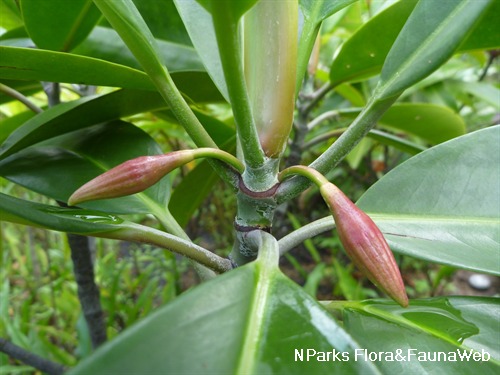
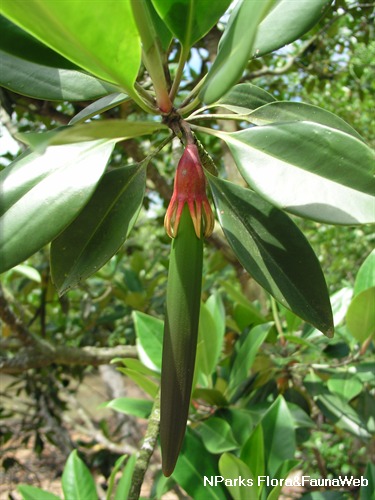
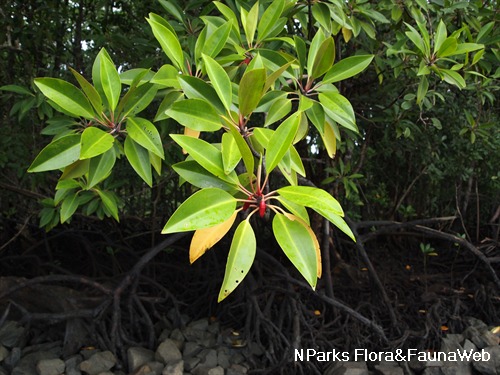
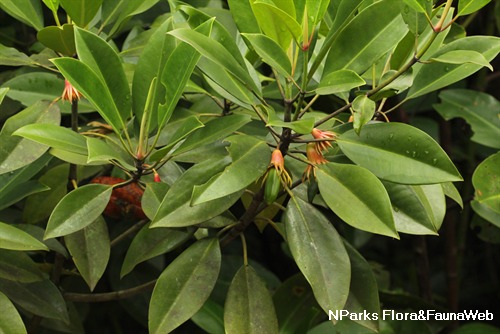
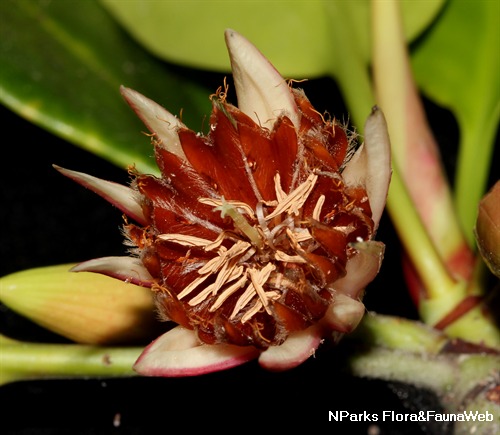
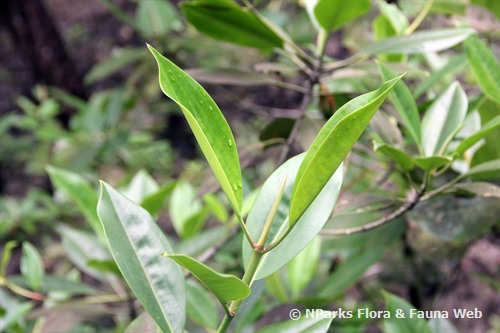
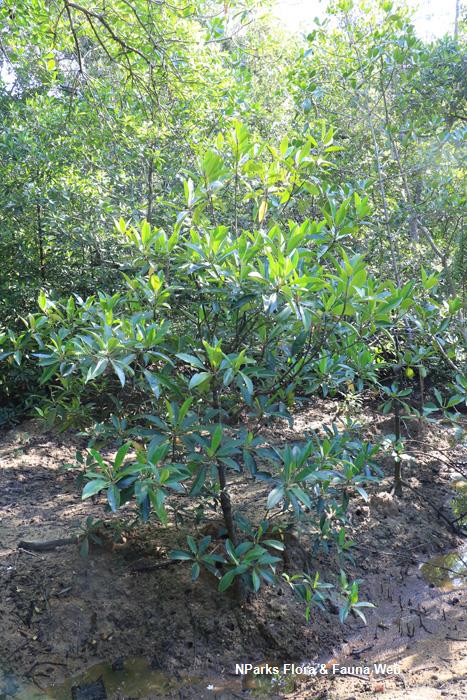
_lowres.jpg)
_lowres.jpg)
_lowres.jpg)
_lowres.jpg)
